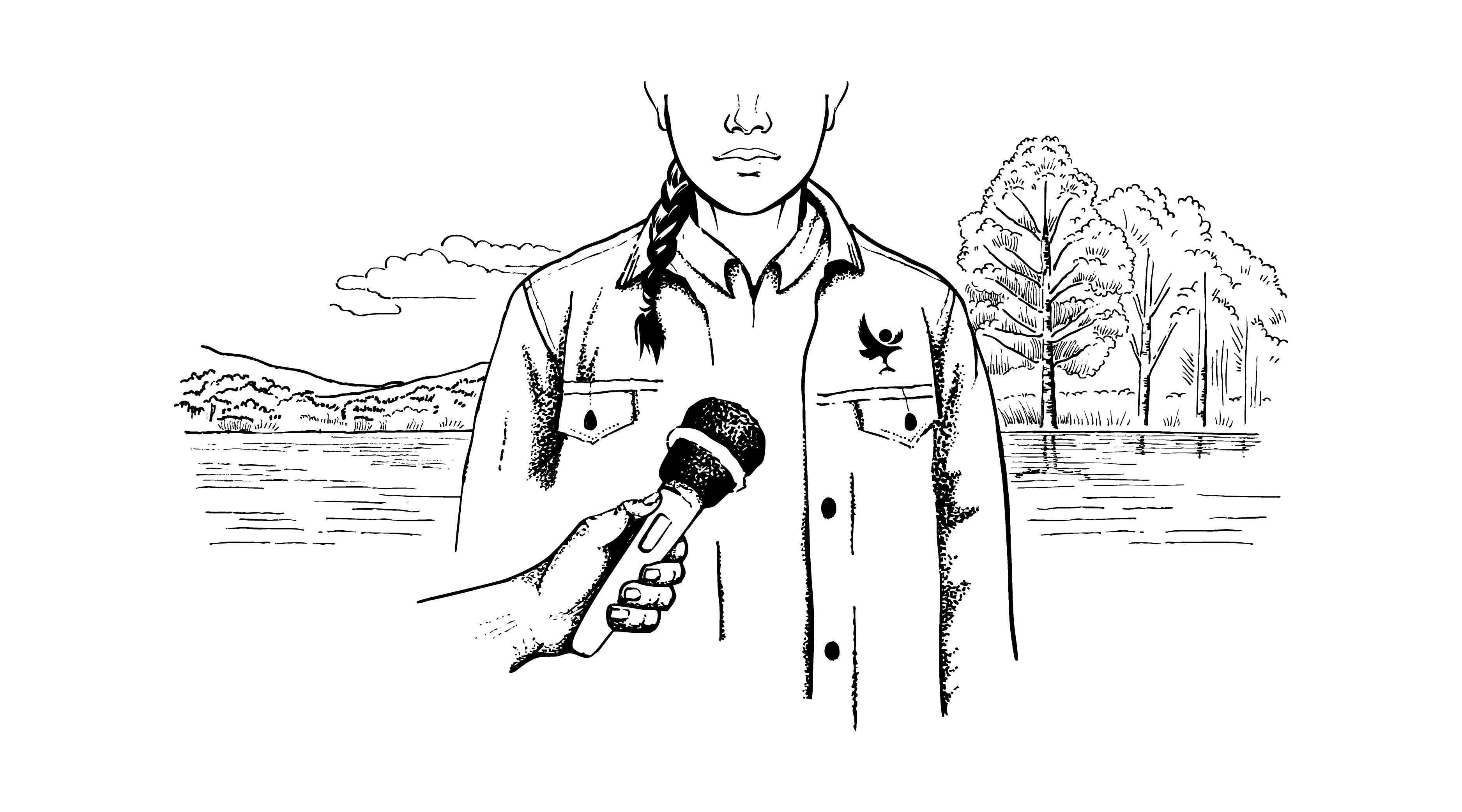Duncan Bryden’s final Park Talk

Duncan Bryden’s final Park Talk
By Duncan Bryden, CNPA Board Convener
In my final Park Talk as CNPA Convener I want to reflect on governance decisions in this beautiful place that I have been closely attached to for over 50 years.
I am proud that the pioneering Scottish National Park model that has taken root in the Cairngorms has focused on stewardship, within a melting pot of ideas, generating enough diversity of thought and place to make the next 50 years look really promising.
Critics may argue the Cairngorms National Park is not a real National Park; neither owned by the State nor with enough protection. They are looking back, I would counter that the State owned, rigidly protected model creates ecological and social inflexibility and is not in line with public opinion. My evidence comes from the many Scandinavian park managers who have visited the Cairngorms and returned to their old style national park landscapes with new lessons on working with local communities. In the birthplace of the national park, US national park service policies are changing to regain political and social relevance as park visitor numbers and federal funding falls.
Our relationship with the Cairngorms is complex. Facts and values, science and experience are deeply interwoven. Decision makers undertake a long line of procedures and analyses. Is there really a problem? What are the causes and potential solutions? What are their long term economic, social and ecological effects? Scientists, land managers, economists, lawyers, policy specialists and other technical experts supply a mountain of supporting evidence and opinion.
Is it important to ask the public for their views? Yes of course, even though consultation can lead to calls for even more research, debate, changes in legislation and, sometimes, court time where learned QC‘s clash before judges make their determinations. Science and practical experience comes under hard scrutiny as opposing factions try to harness the evidence in their favour. Sound knowledge should be able to arbitrate and guide decisions, poor evidence erodes public trust. If and when a solution is then pushed through the many different public and private channels, the next challenge is proving it actually works. Meantime, the outside world has not stood still and the original issues may have shifted. Decision making rarely pleases everyone.
Despite better digital communications, people don’t always come forward to say what they think is right and what land is good for. I think that that people should take greater responsibility as citizens to get their views across. The public need to be sceptical of competing claims and more informed and involved in deciding on the wider long term public interest. I shall not forget when the people of Carrbridge demonstrated the depth of their belief and took their protest to the streets.
Ultimately, the best decisions should not be entirely reliant on technical or legal evidence and should account for things people find sacred, good and meaningful to their quality of life. I do not and cannot define for different people why they should care about the Cairngorms.
Recently, I sat in a field with the northern corries of the Cairngorms in front and a sunset over Craigellachie behind. Oh, and there were 17000 other folk, some music and mud. The technical science escapes me but it was a good thing and great fun!
Alert
Latest from the National Park
Pulling together in wake of wildfires
An update from Park Authority Convener Sandy Bremner and Chief Executive Grant Moir on collective efforts to tackle wildfires in the National Park going forward.
The Moorland Indicators of Climate Change Initiative
Update on wildfire situation
Convener Sandy Bremner and Chief Executive Grant Moir have given an update on the ongoing wildfire situation.
Relevant alerts
-
There is an extreme risk of wildfire impacting the National Park from Friday 11 July until Monday 14 July.
- Do not light any fire or barbeque
- Always ensure cigarettes are fully extinguished and take your litter (including glass) away with you
- Enjoy the outdoors responsibly - most wildfires are caused by human activity
- Stay alert - with dry vegetation and warm weather, fires can start easily, spread rapidly, and burn intensely
- If you see a wildfire, dial 999
For updates, visit the Scottish Fire and Rescue Service website.




